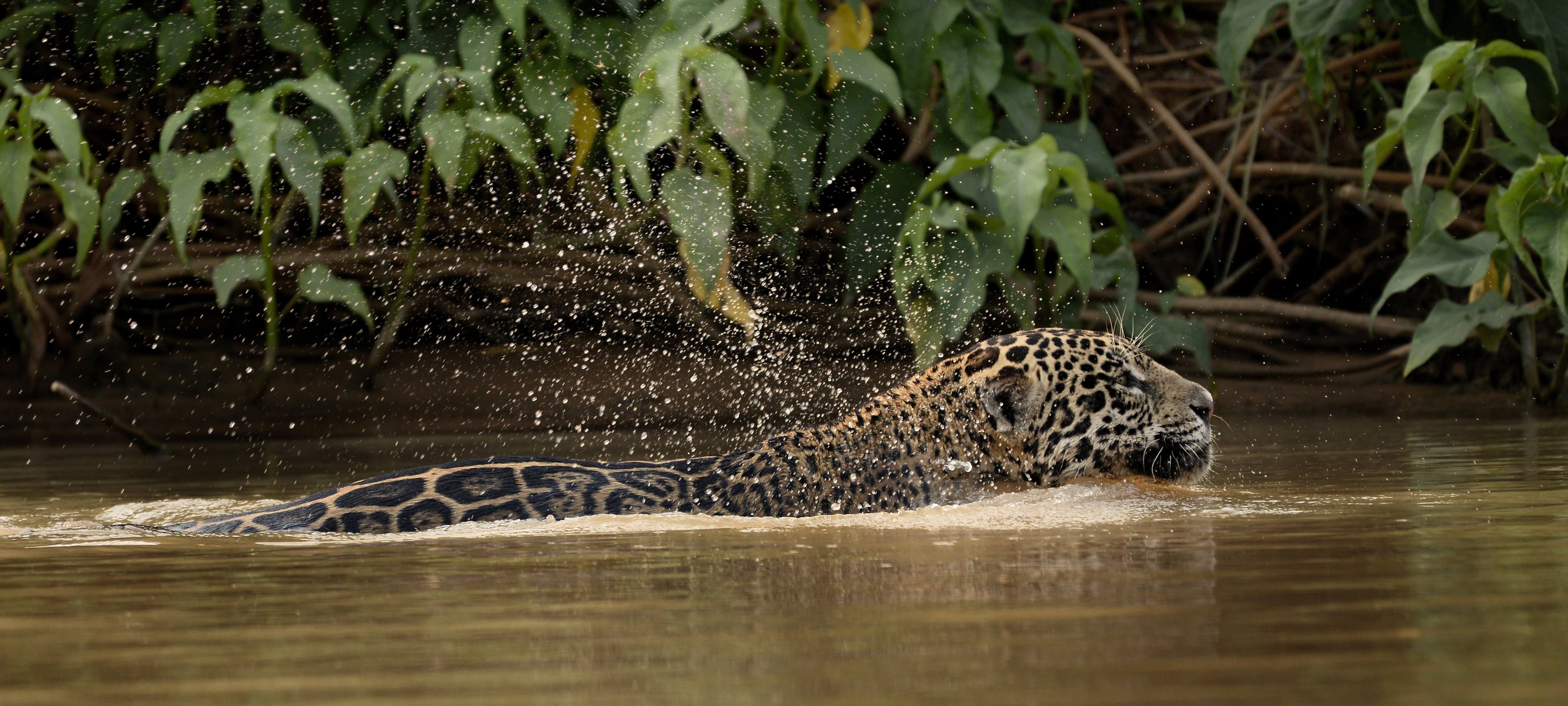
Jaguars, an increasing population
November 3, 2018
Properties in Costa Rica
2018 has been one of the best years for the conservation areas in Costa Rica. Past Saturday, October 27th four jaguars were spotted hunting on the beach of Tortuguero National Park. It is well known that there is a population of Jaguars that inhabit the place but are rarely seen. Having four of them at the same time indicates that this population is stable and increasing. This progress has to be attributed to the guard parks, MINAE, and SINAC for the conservation of these national parks as well as the flora and fauna.
This year the shore was totally covered with turtles that arrived to lay their eggs. It was one of the best years to watch the “arribada” as we experienced a larger population of turtles. This can be a good explanation of why the Jaguars can be actually increasing. Tortuguero National Park has been doing an exceptional job on the conservation of the green turtle which makes this population increase; as turtles increase the jaguar population does also. Experts explain that there are actually 15 to 25 of these felines in Tortuguero National Park. In 2017, the park closed some of the areas where these big animals inhabit to maximize the conservation of the species as well as considering the security of the visitors.
National Geographic launched a documentary about jaguars in Costa Rica. Here they showed how the biodiversity in our national parks is abundant and able to satisfy the needs of these felines. There were two cases that back up this theory. First, it’s well known that big cats don’t share their food, they actually compete for the prey. Nevertheless, showing how surreal Costa Rica is, there was evidence of two male jaguars sharing a turtle, eating out of it at the same time. In the same conservation area, they planted several secret cameras that captured one feline dragging a heavy and strong turtle for dinner. A few hours later, two other Jaguars, at two different times, approached this prey that was left in the jungle uneaten and finished it, leaving only it’s shell: Three jaguars ate the same prey. These behaviors show how big predators have an abundance of food in the area which allows them to share and not to compete.
Jaguars are considered as a key factor and an indicator species of the ecosystem. Depending on the number of felines found on the area the biologists can have an approximate idea of the different factors, such as hunting, habitat changes, prey amount, water fountains, and others, are affecting. Their activity depends completely on the number of preys, if there is enough food they will active hunters looking for food, and that’s when we are able to see them and study them. Likewise, when the smaller animals that inhabit the area or the preys are well conserved, so will the Jaguars.
There is a prove that Prey and predator have a correlational relationship, as one population increases the other will increase as well. If both populations are increasing this is a great indicator that biodiversity in the place is perfectly fine and conservation efforts are efficient. Costa Rica is the only country in the region where the jaguar population is increasing. Nevertheless, there’s much to improve. Urbanization, deforestation, contamination, land fragmentation are just some of the factors that are harming these animals and their stability. Citizens and tourists have to make an effort and keep contributing to the astonishing job of the park rangers, MINAE and SINAC.
